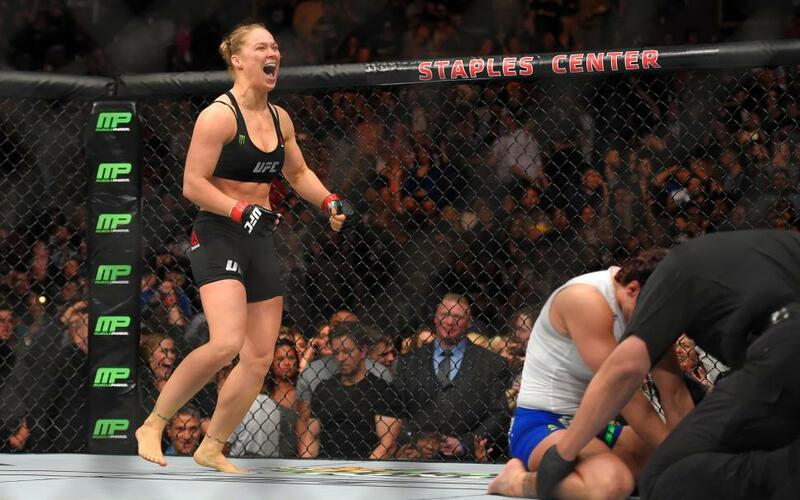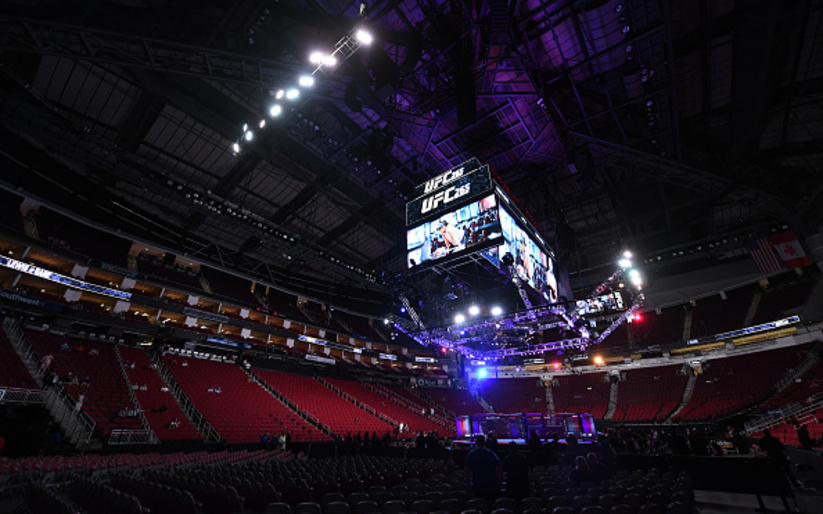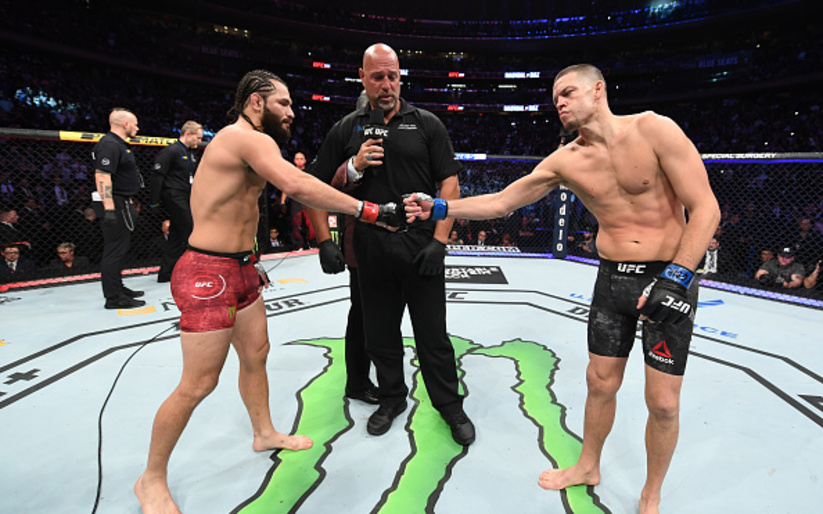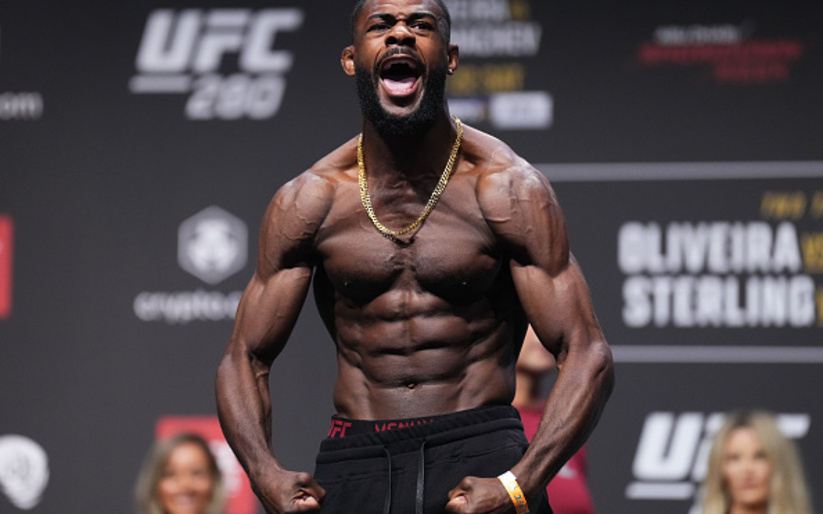The UFC’s PPV business looked like it was on life support at the end of 2014. Injuries decimated the tops of cards: Jon Jones fought a single time, Chris Weidman fought a single time, Cain Velasquez and his heavyweight title disappeared. A Jose Aldo injury killed a card. A poor Renan Barao weight cut basically killed another. And the spectre of Georges St-Pierre’s 2013 retirement haunted the sport.
All told, the UFC sold just under 3.2 million PPVs in 2014. That wasn’t much more than half of what they did in 2013 (~6.1 million), which was already seen as a disappointing down year. The lone bit of good news: Things had to get better, because it didn’t seem like they couldn’t get much worse.
Now here we are, less than three months into 2015, and the UFC’s PPV business is humming along like the last year never happened. By conservative estimates, the UFC has already sold 1.9 million PPVs over three events. Should everything stay in place, they should surpass 2014’s total with Jon Jones’ title defense against Anthony Johnson in May.
The reason for their early success is obvious: UFC 182 was payback for Jones having to pull out of UFC 178; Anderson Silva’s body stuck together long enough – perhaps thanks to a chemical cocktail – to get him inside the cage with Nick Diaz; and Ronda Rousey shocked even her most ardent supporters with a big number opposite a little known name and the support of a ragtag undercard.
So, at least in the short term, we have evidence that the UFC can put together a good string of business with the right personalities, compelling matchups, and good fortune with injuries. That may sound obvious, but it runs counter to some skeptics who believed we were watching the death rattle of PPV.
What can the UFC do to maintain this kind of success, acknowledging that it’s unlikely we’ll see a return to the 2009-10 salad days any time soon? Three things stick out:
- Manage fighter health – Injuries are bound to happen in a sport that involves punches, kicks, knees, elbows, and throws. Fighter health is a premium for the UFC given the volume of shows that they run, and doubly so for fighters at the top of the card. Getting your stars in front of audiences on a consistent basis is one of the best ways to build PPV draws. It’s unlikely the UFC or its fighters would want the promotion dictating best practices, and probably for the best. The UFC could, however, kick in a bonus to fighters who meet some threshold for number of fights in a calendar year. This could be accomplished with some sort of points system, rewarding fighters who fight in title fights, as headliners, on PPV, etc.
- Schedule less PPVs – The UFC ran 15 PPVs in 2010, and 11 of those shows did over 500k. It was a successful year. It was a different time. For starters, the UFC ran 24 total events in 2010. They’ll do 24 by mid-July this year. In addition, the UFC simply doesn’t have the same talent pool they did five years ago when Brock Lesnar, Georges St-Pierre, Quinton Jackson, Anderson Silva, and BJ Penn were taking up space at the top of shows. The UFC’s current pace means they can’t consistently stack PPVs like they did in the “old days,” and an injury to a headliner can mean death to a show. By scaling down PPV to a number more in line with their current star power, they can stock shows fuller with PPV-level talent and help mitigate against top-line injuries.
- Be creative – Scott Coker proved that you can run a successful MMA promotion with a limited pool of talent as long as you’re willing to be creative. The UFC isn’t short on talent, relatively speaking, but they’ve had all sorts of problems getting consistent business from their lighter weight classes. Frankie Edgar vs. Urijah Faber, while scheduled as a headliner for a free TV show, is the perfect example of a way to drum up interest in these divisions. And those divisions are gonna need more of that with two dominant champs at flyweight and featherweight and a budding dominant champ at lightweight.



